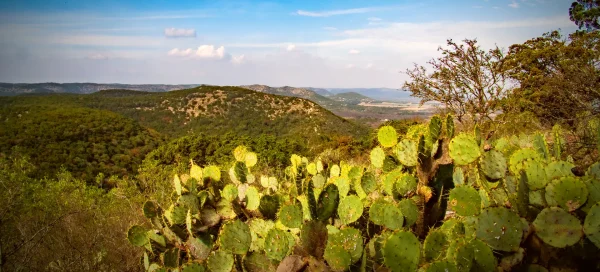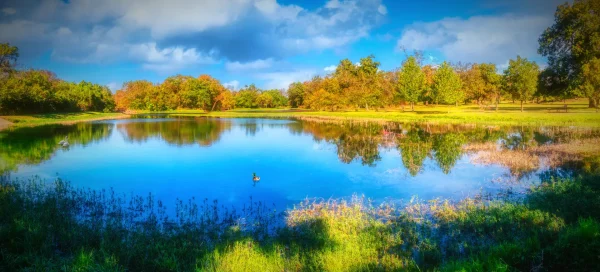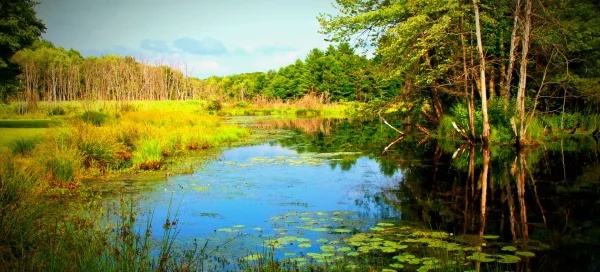Overview
The Giant Wood-rail (Aramides ypecaha) is a large, striking bird native to South America. It is distinguished by its impressive size, making it one of the largest members of the rail family. The bird’s plumage is predominantly chestnut-brown, with a contrasting gray neck and breast. Its back is olive-brown, and the underparts are a rich rufous color. The Giant Wood-rail’s bill is long and bright red, a feature that stands out against its more subdued body coloration.
These birds are typically found in wetlands, including marshes, swamps, and the edges of rivers and lakes. They are adept at navigating dense vegetation but are often seen foraging for food in more open areas. The Giant Wood-rail is known for being less secretive than other rail species, frequently seen walking in the open. They are also recognized for their loud and distinctive vocalizations, often heard before the bird is seen.
Giant wood rails are social birds, usually seen in pairs or small family groups. They are territorial, with pairs defending their chosen area year-round. These birds play an important role in their ecosystems, controlling insect and small vertebrate populations through feeding habits.
Taxonomy
Kingdom
Phylum
Class
Order
Family
Genus
Species
Type
Physical Description:
The Giant Wood-rail is a robust bird, with a body length typically ranging from 15 to 19 inches (38 to 48 cm). Its large size and long legs are well-suited to its wetland habitat. The chestnut-brown plumage is complemented by a gray neck and breast, creating a striking contrast. The back and wings are olive-brown, blending well with the bird’s natural surroundings.
One of the most distinctive features of the Giant Woodrail is its bright red bill, which is long and slightly curved. This bill is an adaptation for foraging in mud and shallow water. Their eyes are reddish-brown, and their legs are long and strong, enabling them to walk through dense vegetation. Juveniles have duller coloring and shorter bills compared to adults.

Lifespan: Wild: ~3 Years || Captivity: ~5 Years

Weight: Male & Female: 1.1-1.4 lbs (500-650 g)

Length: Male & Female: 15-19 inches (38-48 cm)
Characteristic:
Native Habitat:
The Giant Wood-rail is native to parts of South America, with its range extending from eastern Bolivia and southern Brazil to Paraguay, Uruguay, and northeastern Argentina. Their preferred habitats are wetlands, including marshes, swamps, and areas along rivers and lakes. These environments provide dense vegetation cover and essential water sources for their survival.
Giant wood rails are well adapted to life in wetlands, with their long legs and toes enabling them to navigate through marshy terrain and shallow waters. Unlike many other rail species, they often use dense vegetation for cover but are also comfortable in more open areas.
Biomes:
Biogeographical Realms:
Continents:
Diet:
Diet & Feeding Habits:
Giant wood rails are omnivorous, feeding on various food items in their wetland habitats. Their diet includes insects, small fish, amphibians, crustaceans, and plant material. They are active foragers, using their long bills to probe into mud and shallow water to locate prey.
These birds are also known to forage on land, searching for insects and small vertebrates in the underbrush. Their feeding habits are important in controlling the populations of various small animals and insects in their ecosystems. The Giant Wood-rail’s diet reflects its adaptability to different food sources available in its habitat.
Mating Behavior:
Mating Description:
Giant Wood-rails are monogamous, typically forming long-term pair bonds. During the breeding season, pairs engage in loud and conspicuous vocalizations, which serve as a duet between mates. These calls are important for maintaining the pair’s bond and territorial defense.
Nesting usually occurs in dense vegetation near water. The nest is a platform of reeds and other plant material, often built above the water. The female lays 2 to 5 eggs, which both parents incubate. After hatching, the chicks are cared for by both parents, who teach them to forage and navigate their wetland environment.
Reproduction Season:
Birth Type:
Pregnancy Duration:
Female Name:
Male Name:
Baby Name:
Social Structure Description:
Giant Wood-rails are social birds, often seen in pairs or small family groups. They exhibit a range of social behaviors, including cooperative foraging and nesting. Their social structure is characterized by strong pair bonds and territorial behavior, especially during the breeding season.
These birds can be quite gregarious outside of breedings, sometimes forming larger groups. Their social interactions include a variety of vocalizations, which are used for communication and maintaining social bonds within the group.
Groups:
Conservation Status:
Population Trend:
The Giant Wood-rail is classified as “Least Concern” by the IUCN, reflecting its stable population and wide distribution in its native range. These birds have adapted well to their wetland habitats and are not facing significant threats. However, like all species, they are potentially vulnerable to habitat loss and environmental changes.
In their native range, Giant Wood-rails are often observed in suitable habitats, particularly protected areas and nature reserves. Their adaptability to different wetland environments has helped them maintain healthy populations across their distribution.
Population Threats:
The primary threats to the Giant Wood-rail include habitat loss and degradation, particularly due to the drainage of wetlands for agriculture and urban development. Pollution and changes in water levels can also impact their habitat quality. However, their adaptability to various wetland types has helped them withstand some of these challenges.
Despite these threats, the species’ wide distribution and adaptability have allowed it to maintain stable populations in many areas. Conservation efforts should focus on protecting and managing wetland habitats to ensure their continued survival.
Conservation Efforts:
Conservation efforts for the Giant Wood-rail include protecting and managing wetland habitats. Ensuring the health and sustainability of wetlands is crucial for the survival of this species. Environmental regulations that limit habitat destruction and pollution are important for preserving these ecosystems.
In addition to legal protections, community-based conservation initiatives can be effective. It is vital to educate local communities about the importance of wetlands and their species. Sustainable land-use practices and the creation of protected areas also contribute to conserving Giant Wood-rail populations.
Additional Resources:
Fun Facts
- The Giant Wood-rail is one of the largest members of the rail family.
- Their bright red bill is distinctive, contrasting with their more subdued body coloration.
- They are less secretive than many other rail species, often seen walking in the open.
- Their loud vocalizations are characteristic and serve as an important form of communication.
- Giant wood rails are important for controlling insect and small vertebrate populations in their habitats.
- The species is well adapted to various wetland habitats in South America.
- They play a vital role in their ecosystems as both predators and prey.
- Conservation efforts for Giant Wood-rails focus on protecting wetland habitats.
- Their social behavior includes cooperative foraging and nesting.
- The Giant Wood-rail’s presence in a wetland indicates a healthy ecosystem.








